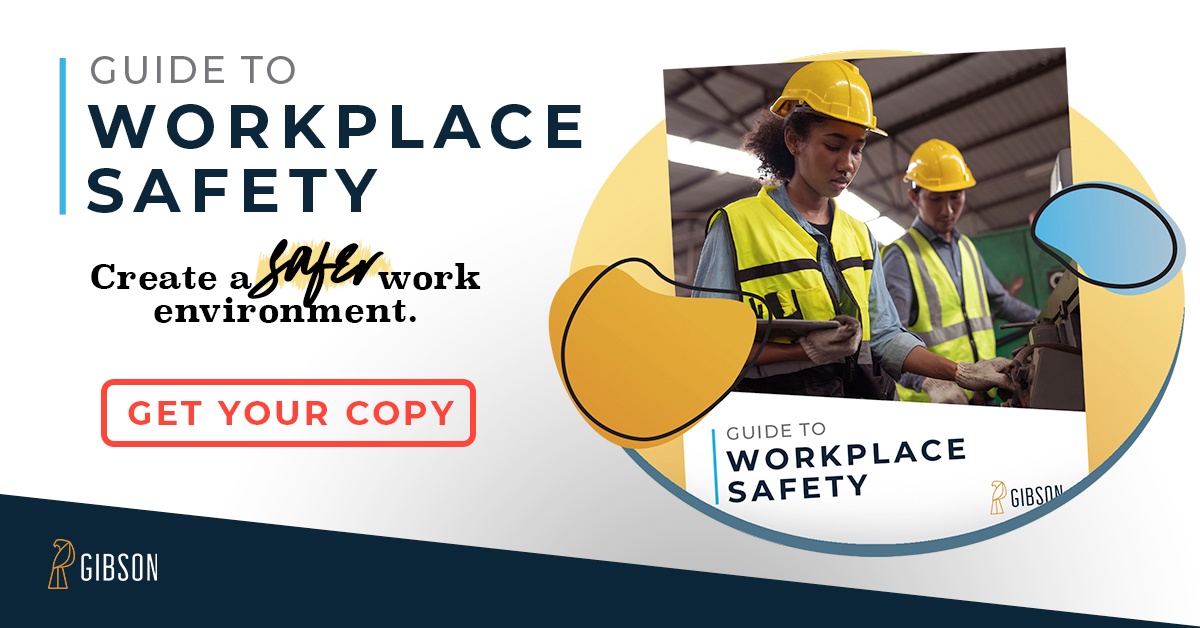 Business Continuity/Disaster Recovery or BC/DR can be a frustrating topic to nail down, but it is a critical part of any business risk management strategy. Outlining the process is quite frequently harder than actually implementing it, and there are a number of fundamental concepts worth understanding that will easethe process and make you feel comfortable knowing you have a reliable roadmap.
Business Continuity/Disaster Recovery or BC/DR can be a frustrating topic to nail down, but it is a critical part of any business risk management strategy. Outlining the process is quite frequently harder than actually implementing it, and there are a number of fundamental concepts worth understanding that will easethe process and make you feel comfortable knowing you have a reliable roadmap.
First, forget the Pareto Principle (you know, the notion that 20% of your clients generate 80% of your business). While understanding the concept behind 80/20 in business offers a lot of insight into how many successful businesses gain their edge within an industry, it is not as helpful when it comes to business continuity and disaster recovery. If you want to successfully create and sustain a plan that your team can get behind, and that is effective in the long term, shooting too high will be shooting yourself in the foot. Baby steps are key.
A 60/40 Approach is the Best
Why 60/40? Business continuity includes a lot more unknowns that most other aspects of commercial industry and for this reason you want the immutable laws of economics on your side. By sketching out a plan to achieve 60 percent of your goal, you allow your team to slowly and effectively suggest more options and ideas that will help to fill out the other 40 percent. This keeps a strong synergy between team members and economically selects for intelligent and effective ideas from all areas of your business. Plan out 60 percent and start the process of implementation, knowing that the other 40 percent of the plan will come together on its own.
As you can probably see by now, the effects of 100 percent planning or using the Pareto Principle simply do not allow for enough fluidity in design, and business continuity demands a fluid and creative approach. A rigid structure here would be like trying to fly a plane in a perfectly straight line. Course correction is an expected part of the journey.
Find Good People, Hire them, Pay them Well
Obviously, for the 60/40 approach to be as efficient as possible, you need the best people on your side. This doesn’t mean draining your funds to desperately fill every position with overqualified constituents— it just means taking the time to hire the right person for the right job, every time. With strong partners and intelligent employees, the process of allowing them to produce ideas that help with your BC/DR efforts will be streamlined and more effective than ever. It is this kind of forward thinking that creates businesses that last decades if not centuries.
Steps to Get Started
Now that you have a clear idea of your approach and the team you want, you can plan better. Here are a few steps you and your team may follow towards mapping out and implementing your plan.
- First, get all your data together. Collect every detail and figure that will affect the plan. What are your deadlines? How much time and money can you afford to invest? What is the total liability, and what can you realistically expect to recover? Is everything backed up?
- Draw out a plan. Review it as many times as you need to.
- Do a test run. Depending on your business, you might have to juggle some predictions for outcomes. Don’t be over optimistic or pessimistic. Keep things balanced.
- Put it to work. Monitor the entire process as well as you can. Periodically check all details for errors. Document and back up the entire plan.
- Produce a complete report of the process, especially any gained knowledge that will be useful for the future.
Business continuity and disaster recovery can be stressful if you let it be. Get all your facts-- create a simple plan, test it and make it work-- aiming for 60 percent of what you want. If you do this right, the rest will work itself out.




